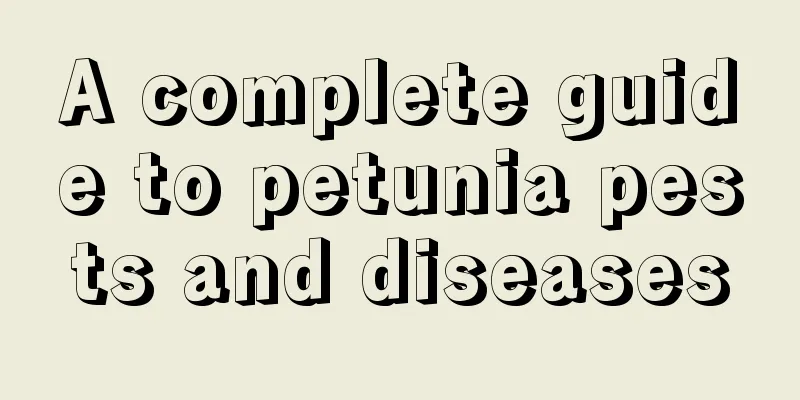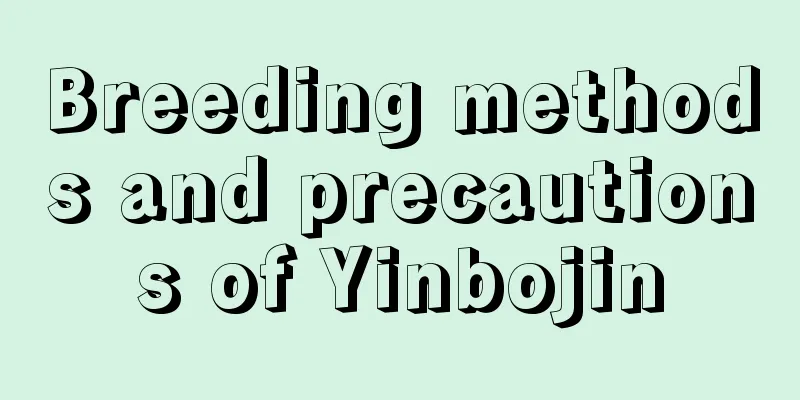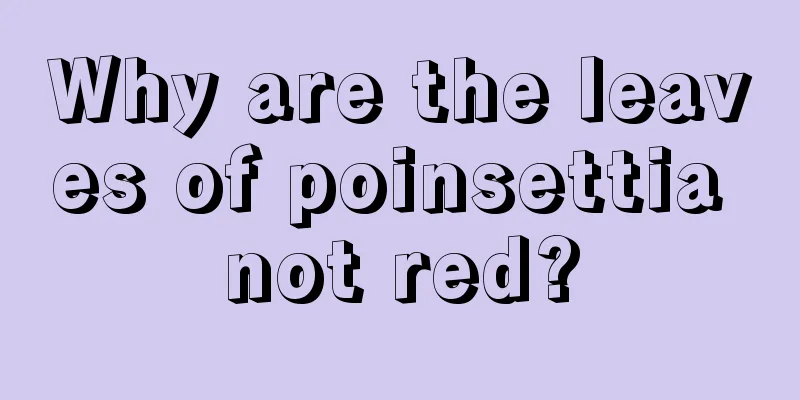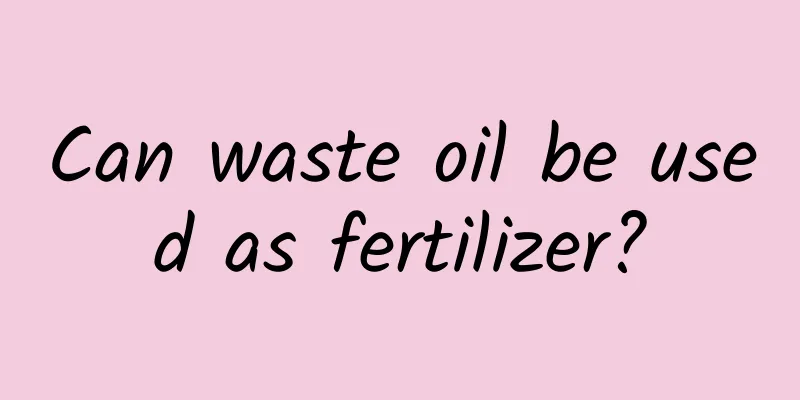A complete guide to petunia pests and diseases

White rustWhite rust is most harmful to the leaves, petioles and tender stems of petunias. The infected leaves will initially develop small light green spots, which will then slowly turn into light yellow. As the disease progresses, they will turn into large spots. In the later stage, there will be white scar-like protrusions on the back of the infected parts of the leaves. The affected tender stems will cause the flowers and stems to grow distorted. When the spots spread and surround the petioles and tender shoots, they will cause abnormal growth of the host part above the ring section until it shrinks and dies. WorkaroundAt the early stage of infection, spray 1% Bordeaux mixture or 500 times 50% Phytophthora net solution. The prevention and control effect will be better if spraying once every 10 to 15 days. White moldWhite mold causes the most serious damage to leaves. The initial infection of the pathogen appears as patches of white spots, which worsen in the later stages and cause the infected leaves to fall off. WorkaroundAfter the initial signs of infection appear, remove the diseased leaves as soon as possible and spray them with 600-800 times diluted 75% thiophanate-methyl. Leaf spotLeaf spot disease mainly harms the leaves of petunias, and in severe cases it can also lead to the death of the entire plant. WorkaroundRemove diseased leaves promptly and burn them, and remove surrounding fallen leaves as soon as possible; spray 1000 times diluted 50% concentration of mancozeb. Viral diseasesIf the petunia plant shows signs of slow growth and weak rhizomes, it is very likely infected with a viral disease, and in severe cases the leaves may turn yellow. WorkaroundSpray a 1000 times solution of 40% concentration of omethoate. aphidAphids are the most common and main insect pest of petunia, which can cause serious damage to the leaves and tender stems of petunia. WorkaroundWhen a large number of aphids appear, isolation measures should be taken and spray with 1000 times diluted 10% oxydemeton-methyl emulsion, 1000 times diluted dichlorvos emulsion, 1000-1500 times diluted malathion emulsion, or 15000-20000 times diluted imidacloprid (70% concentration) water dispersible granules. ConclusionI believe that after understanding these common diseases and pests that threaten the health of petunias, flower lovers can keep their petunias very healthy and let this beauty accompany them for a long time. |
<<: Why are there woodlice in the house? How to completely eliminate them?
>>: Butterfly flower disease and insect pest control methods
Recommend
How to propagate elm trees? Can they be propagated by seeds?
1. How to breed 1. Cutting propagation: Cuttings ...
How to breed the Queen Ruyi
Reproduction method Propagation is by sowing and ...
How to transplant the lucky charm
1. Methods of reproduction The lucky charm plant ...
The Cultural Legend of Daxuesu
The Legend of Daisetsu - The Flower of the Royal ...
Can vinca rosea be pinched during flowering period?
1. Is it possible? Catharanthus roseus blooms eve...
Plant these flowers in the summer and you won’t have to turn on the air conditioner at home, saving money!
1 Areca palm The leaves of Areca palm are large a...
How to grow winter vegetables on the balcony?
Growth environment Winter vegetables prefer a coo...
How to prune Begonia, choosing the right time is important!
1. Suitable pruning time The best time to prune t...
When is the best time to plant morning glory seeds?
Morning glory seed planting time Morning glory is...
How to grow black orchid in autumn
1. Maintain temperature Mo Lan's cold resista...
The efficacy and function of green radish. Is it poisonous to grow green radish at home?
1. The efficacy and function of green radish 1. D...
How to grow Christmas cactus to make it bloom
Flowering time of Christmas cactus The flowering ...
How long is the growing cycle of cauliflower?
Introduction to Cauliflower Growth Cauliflower is...
When is the best time to plant spring beans?
Spring beans planting time When planting beans in...
How to grow hyacinth with soil
1. Choose the soil Hyacinth needs fertile and loo...









